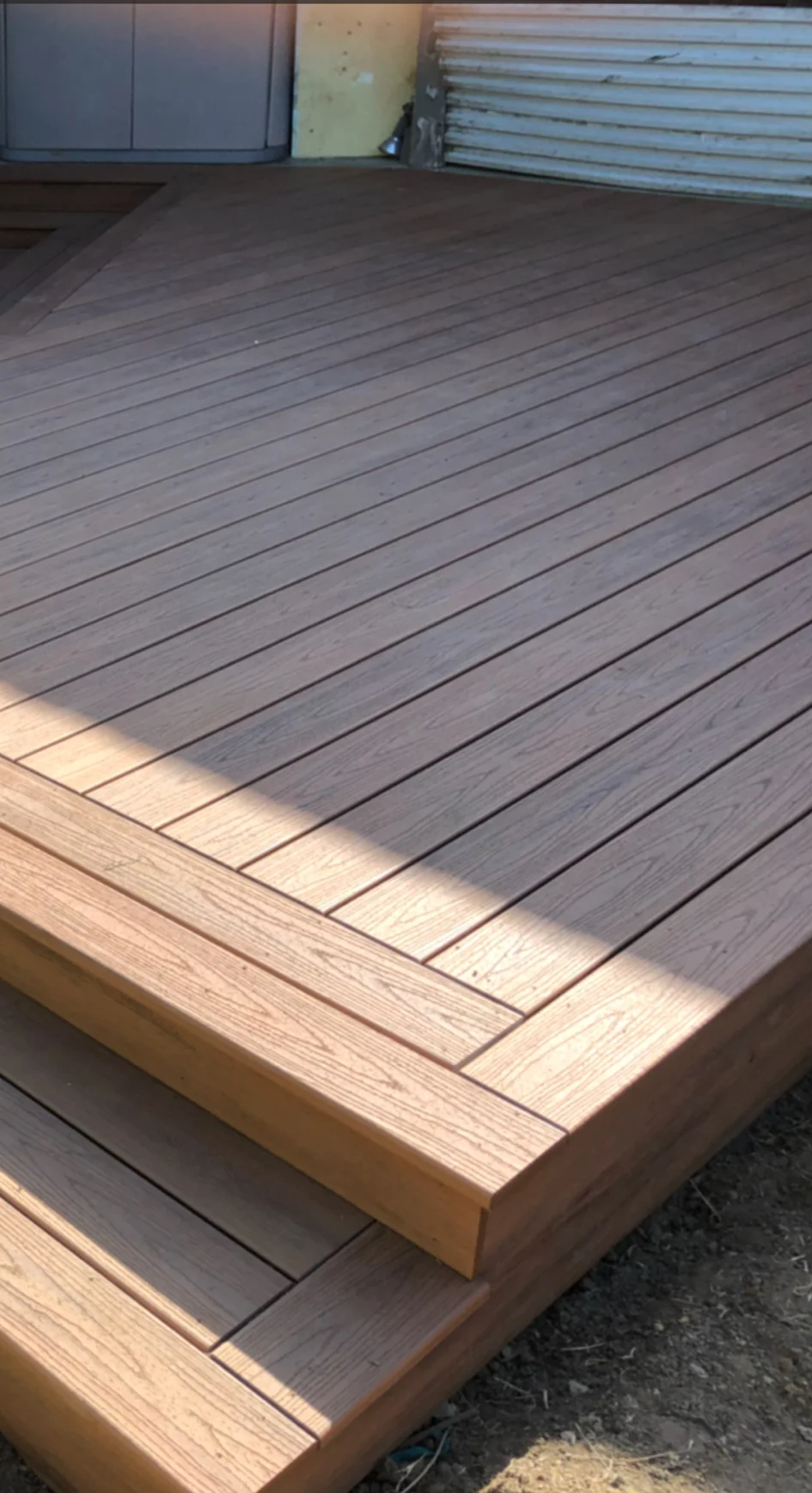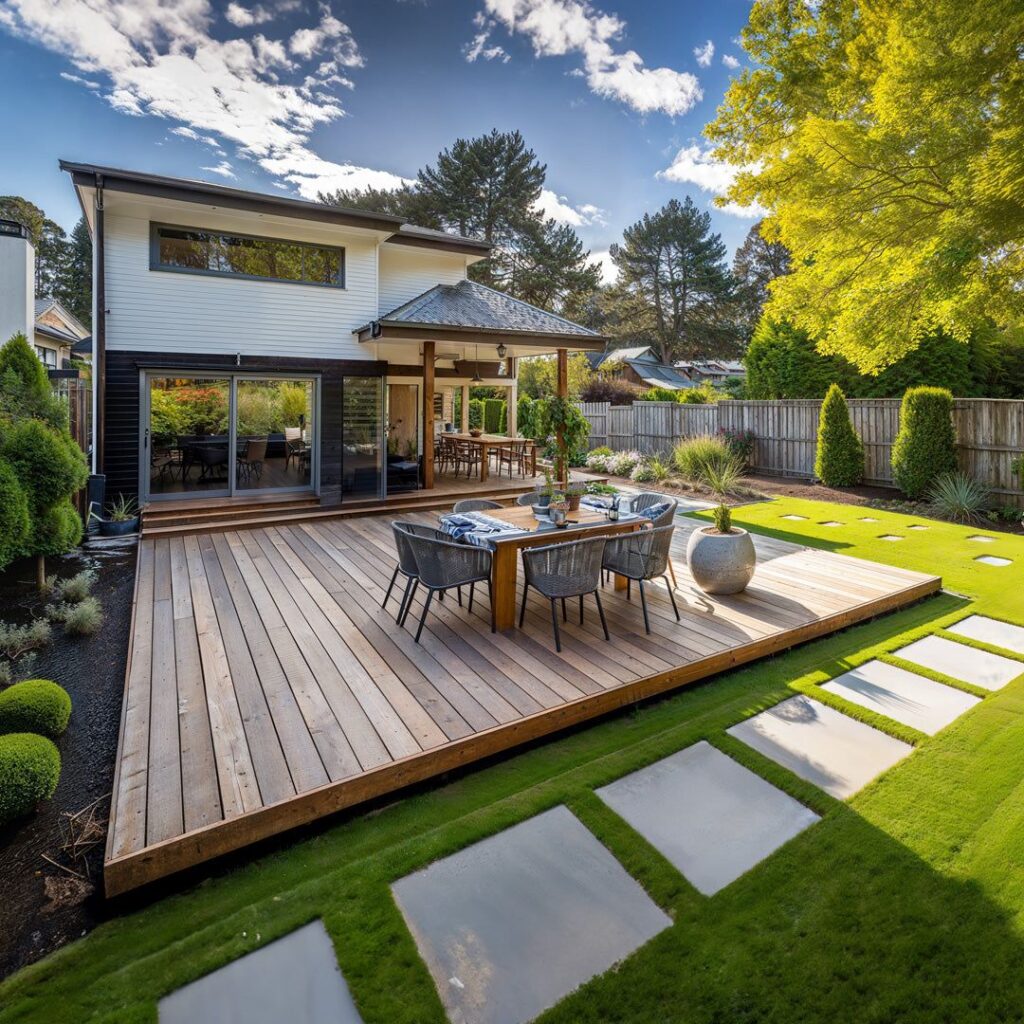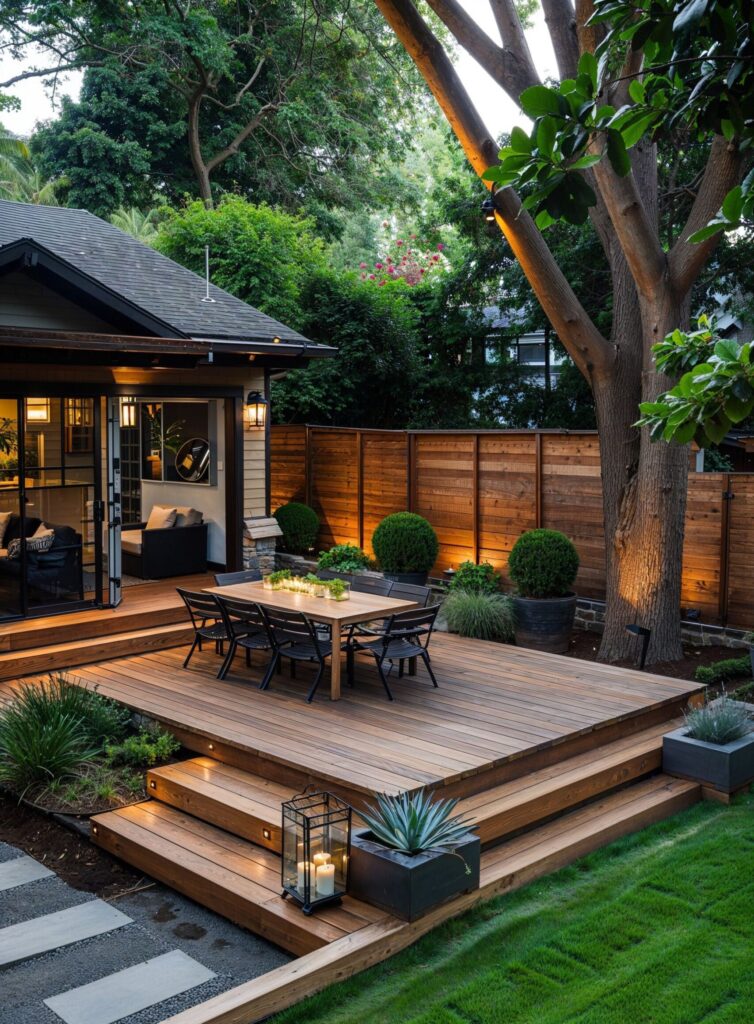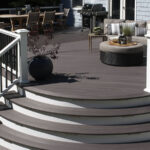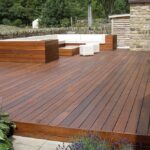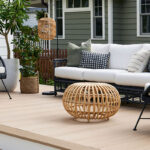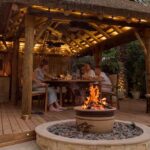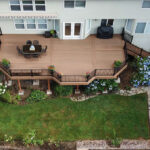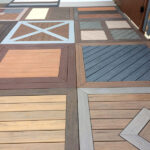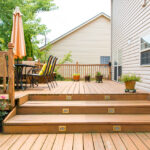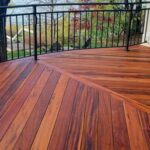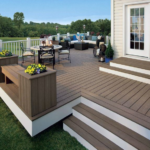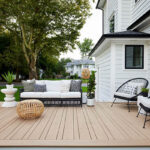When it comes to designing an outdoor space, one of the most popular features to consider is a deck. Decks can provide a functional and aesthetically pleasing addition to any backyard, providing a space for relaxing, entertaining, and enjoying the outdoors. There are countless design options available for decks, allowing homeowners to create a space that suits their needs and personal style.
One popular decking design is the classic wood deck. Wood decks are a timeless choice that can complement a variety of architectural styles and outdoor settings. They can be stained or painted to match the home’s exterior, and can be customized with different railing options, built-in seating, and decorative accents. Wood decks are also relatively affordable and easy to maintain, making them a practical choice for many homeowners.
For a more modern and low-maintenance option, composite decking is a popular choice. Composite decking is made from a blend of wood fibers and recycled plastics, offering a durable and weather-resistant alternative to traditional wood decking. Composite decking comes in a variety of colors and finishes, allowing homeowners to achieve a sleek and contemporary look for their outdoor space. While composite decking may have a higher upfront cost than wood decking, it requires minimal maintenance and upkeep, making it a cost-effective option in the long run.
For a more unique and eye-catching decking design, consider incorporating different materials into the deck construction. Mixing materials like wood, stone, and metal can create a visually appealing and dynamic outdoor space. For example, using stone pavers as an accent border or incorporating metal railings can add texture and visual interest to the deck. Combining different materials can also help define separate areas within the deck, such as a dining area, lounge space, or outdoor kitchen.
Another popular decking design trend is the use of multi-level decks. Multi-level decks create visual interest and provide different areas for various activities within the outdoor space. By incorporating stairs, landings, and different elevations, homeowners can create a dynamic and functional deck that maximizes the use of the available outdoor space. Multi-level decks also allow for the incorporation of different design elements, such as built-in planters, seating areas, or outdoor fire pits, creating a truly unique and personalized outdoor oasis.
Incorporating built-in features into the deck design can also enhance the functionality and visual appeal of the outdoor space. Built-in seating, storage benches, and planters can maximize the use of space on the deck while providing additional seating options and decorative elements. Built-in lighting, heating elements, and audio systems can also help create a comfortable and inviting outdoor space that can be enjoyed day or night. By incorporating these built-in features, homeowners can create a deck that is both stylish and practical, ensuring it meets their needs for years to come.
